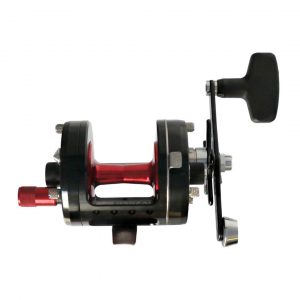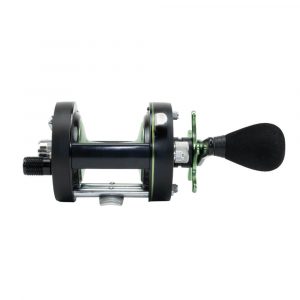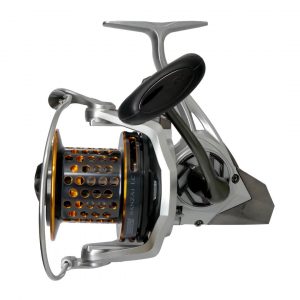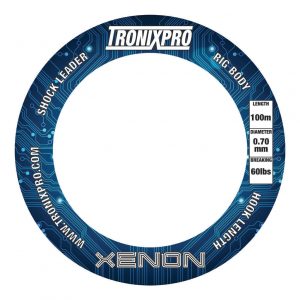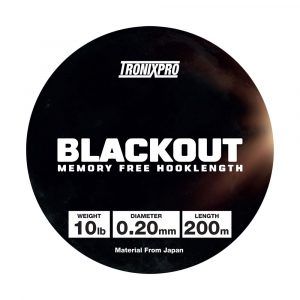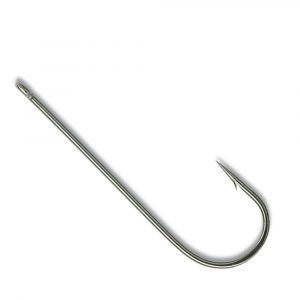Steep-to beaches typically have a steep, sometimes almost vertical angle of shingle that falls immediately into deeper water. Dungeness, Seaford, and Chesil Beach are examples of steep-to beaches, but the steep entry into deep water can also occur on smaller coves and beaches between cliffs. Faced with deep water and little else of reference, how do you identify the best places to fish?
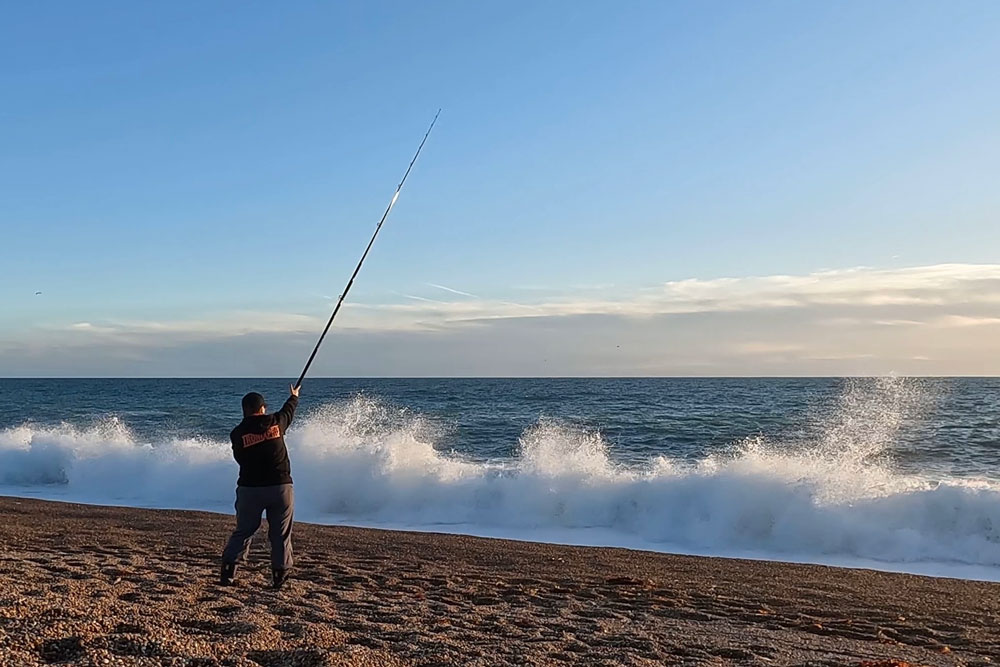
Surf Tables and Surface Signs
Steep-to beaches tend to only have one, maybe two surf tables as the waves come ashore. Spend a few minutes watching the waves build. You’ll notice a set pattern a short distance from the water line where the waves start to lift and rise, building power. However, if you look more carefully, you’ll see in some areas the waves start to break a little further out. This indicates an area where the seabed is shallower. If you can identify such an area, fish the immediate up tide and down tide side of the shallow area. The up tide side will collect food that is washed along with the tide flow, which collects at the junction where the deeper water meets the shallows. Equally, fish the immediate down tide area where food washed out of the shallows gets deposited in the deeper water.
These deeper beaches also tend to have a fast tide run flowing laterally along them. As this tide flow meets any obstructions, such as shallower areas or scoured out areas deeper than the rest of the surrounding ground, this can be seen on the sea’s surface. The shallower areas will see more coloured water as the currents disperse the sand as they pass overhead. Deeper holes will be considered either calmer spots on the sea's surface or areas where the currents come to the surface and show as areas of more disturbed water, often with a small ripple or wave over them.
One thing to remember is that any surface agitation you see will actually be a little way down tide of the actual feature due to tidal flow. To accurately fish the feature walk up tide 20 to 50-yards of the surface disturbance, depending on the speed of the current, and then cast releasing a little line off as the weight falls. This puts the bait into and very near the seabed feature. Basically, you’re up tide fishing off the beach!
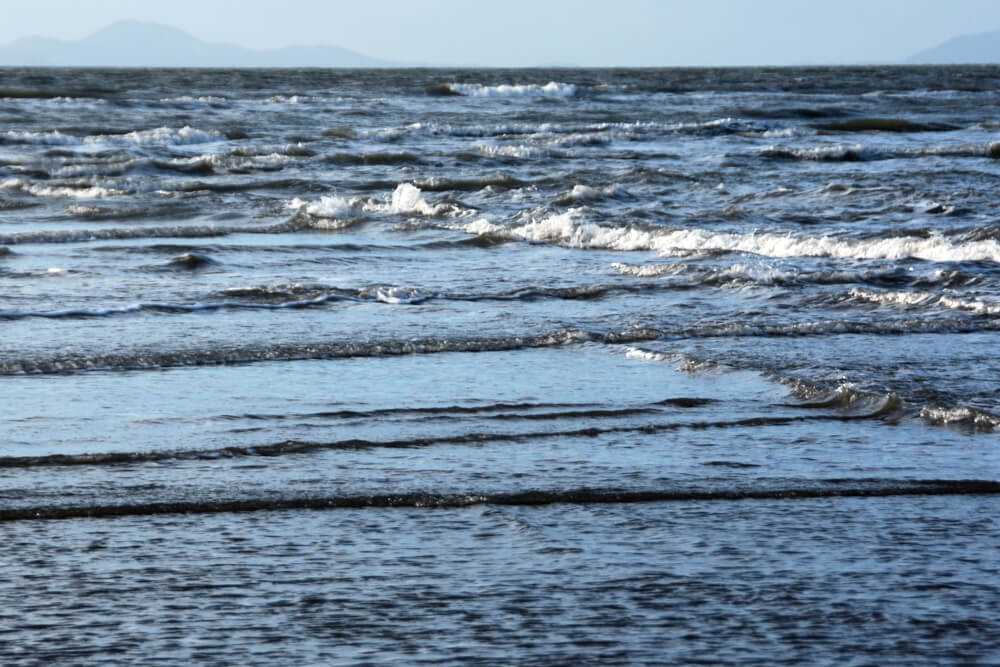
Shingle Debris and Signs
Taking notice of the flotsam and jetsam, this being all the water-borne debris that washes up on the high tide line, is also a good indicator of where tidal currents hit the shingle. You’re looking for the heavier accumulations of plastic bottles, sticks and wood, old rope, and anything else that floats that are tightly grouped. Fish look to feed close to the edges or swim into oncoming tidal currents, aiming to pick up the scent from food. Fishing near or into tidal currents give you a big edge in terms of fish in front of you. This is especially so for bass, cod, rays, and tope.
Another thing to note is the shape of the shingle. Look closely, and you’ll see a definite pattern on the shingle with a generally even steep angle and a straight edge to the top of the shingle. If you see any change in this shape of the shingle, typically scooped out areas sometimes referred to as scalloping, these are an indicator of a different wave pattern. These are another hotspot for fish and are often associated with a slightly deeper gutter or channel that comes close into the base of the shingle. Also look for areas in the shingle where the size of the shingle stones changes from even sized smaller stones to areas where the stones are much bigger. This scouring action again suggests some hidden feature close in but hidden by the deeper water.
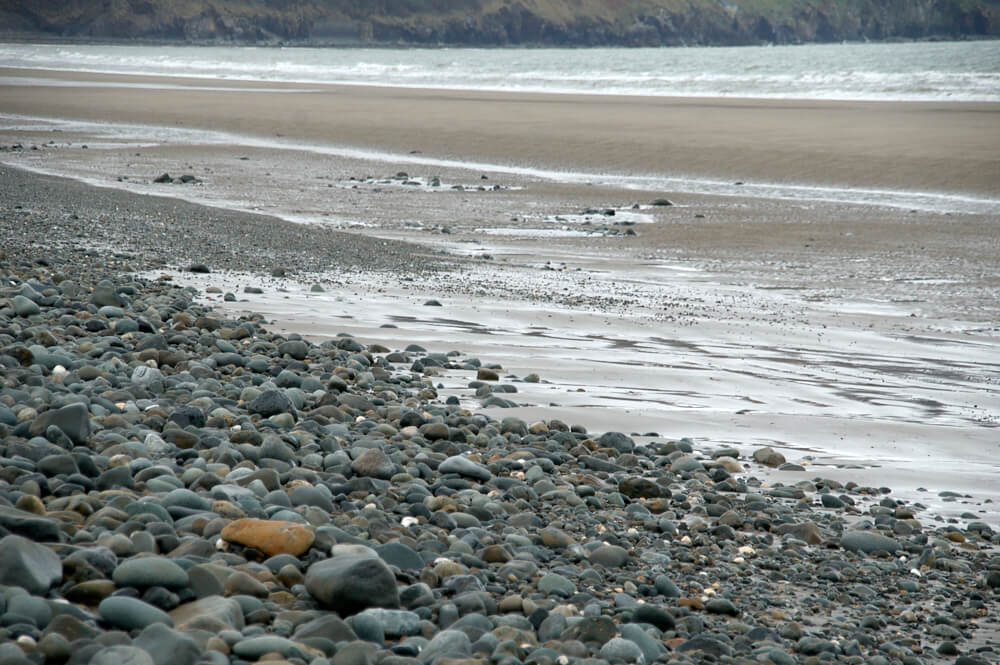
Weather and Tides
Fish on steep-to beaches also react differently to both weather patterns and tides.
The deeper water, even as little as 15 to 20-feet deep, sees less seabed turbulence during heavier sea conditions. This encourages fish to stay tighter to shore and congregate in areas where food is specifically available, such as lug or shellfish beds. As sea conditions worsen, expect the fish to move further out with longer casts necessary and for the fish to be more widely distributed. This is the time to fish two rods at different distances to quickly gauge at exactly what distance the bulk of the fish are feeding.
Beaches with a depth of 30 to 40-feet plus can fish very well in heavy sea conditions, especially just after a gale has passed through. Expect the fish to be outside the line where the swell and waves start to build. Always bear safety in mind, though, as big waves can push up and over the lip of the shingle, so stay well back.
With the short-wave pattern and a decent swell as these push up the shingle then fall back, this creates an undertow and food washed in close to the sand/shingle junction gets washed out again. If you can get baits into this backwash during a settling sea, some big catches can be made of various species, especially bass and cod. You’ll need to experiment with casting distances, but mostly this wash out band will be 30 to 50-yards out depending on sea conditions.
Even with the extra depth, tides have a major influence on the fish. Small neap tides can still fish well for general species such as dabs, whiting, and sole. But to put the odds in your favour, look to fish the flooding tides from low to high water. The peak fishing period will be the middle hours of the flood. If you can find the specific feature we’ve indicated, such as shallower or deeper areas, then the outgoing tide can also fish well.
To target bass, rays, cod and tope, the tides rising through the middle-sized tides and especially the highest tides of the month will tend to give the best results. It depends on these bigger tides how fast the lateral tide flow is, but generally speaking, expect the 2nd and 4th hour of the flooding tide to give the best fishing as the tide picks up and then starts to ease. The full power of the middle flood can see fish move out deeper to avoid the faster flow.
Having deeper water in front of you suggests that daylight will fish OK, and it can, especially if the sea is well coloured. Even then, you’ll find that the best fishing is at night and on the tides when low water falls in the dark.
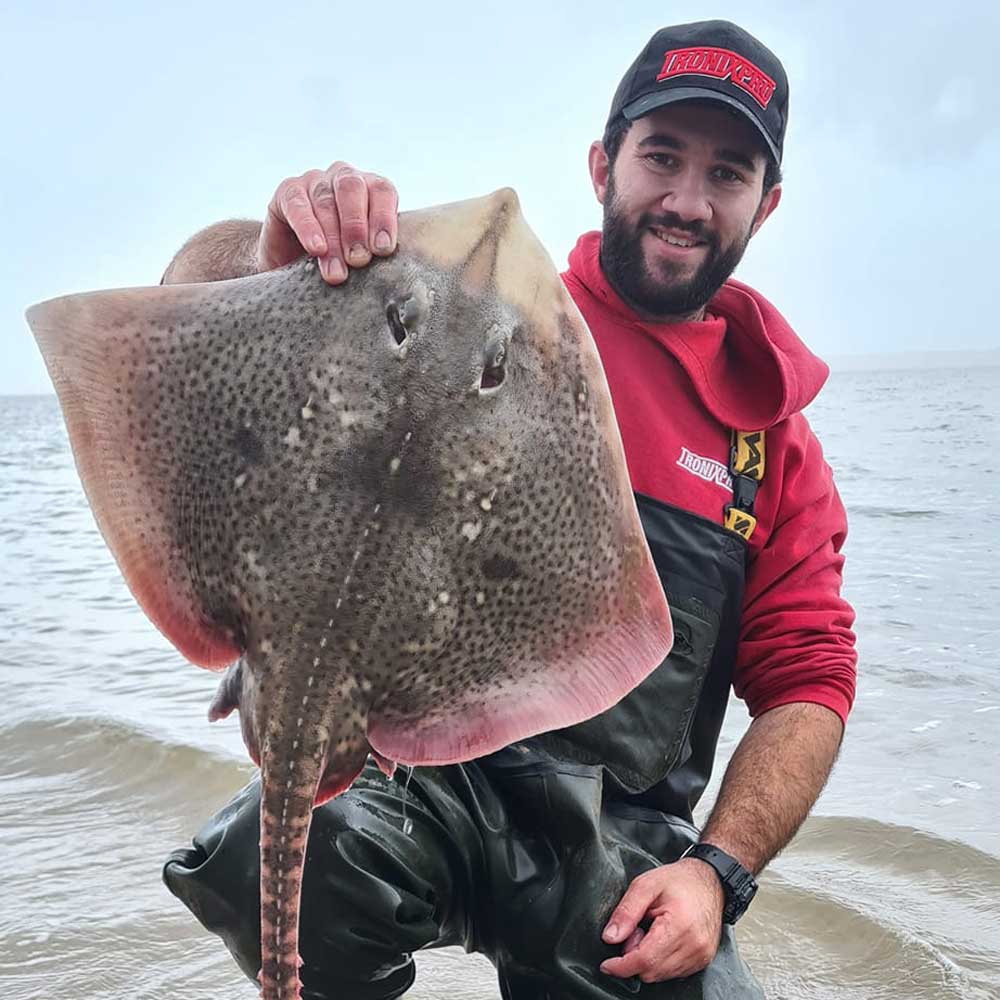
Tackle
The deeper water and faster tides require tough tackle and the ability to cast to range when necessary. Beachcasters around the 13ft length rated to cast 4-6 or 4-8ozs suit this fishing perfectly. Add an 8000 sized fixed spool reel loaded with 300yds of 30lb braid line and a 80lb braid shock leader, and you’re well set. Using multiplier rods and reels, load with 18lb mono and add a 60lb mono shock leader.
-
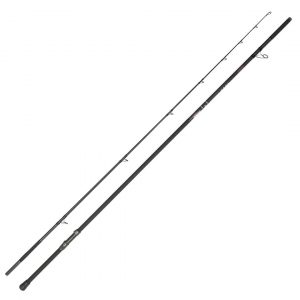 Tronixpro Competition Naga | 4.27m | 14'0″ | 110-225g | 4-8oz
Tronixpro Competition Naga | 4.27m | 14'0″ | 110-225g | 4-8oz -
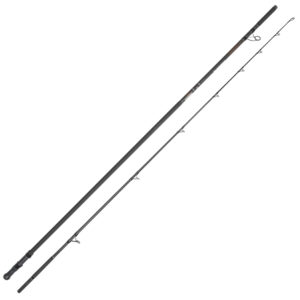 Tronixpro Competition Blackout | 4.05m | 13’4” | 110-225g | 4-8oz
Tronixpro Competition Blackout | 4.05m | 13’4” | 110-225g | 4-8oz -
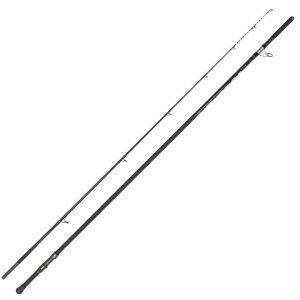 Tronixpro Xenon C-6 MX | 4.00m | 13'2″ | 110-225g | 4-8oz
Tronixpro Xenon C-6 MX | 4.00m | 13'2″ | 110-225g | 4-8oz -
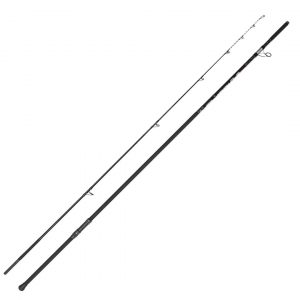 Tronixpro Xenon C-6 LD | 4.00m | 13'2″ | 110-225g | 4-8oz
Tronixpro Xenon C-6 LD | 4.00m | 13'2″ | 110-225g | 4-8oz -
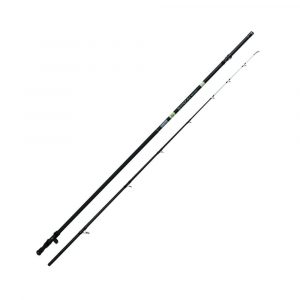 Tronixpro Banzai Beach | 13′ 10″ | 110-200g
Tronixpro Banzai Beach | 13′ 10″ | 110-200g -
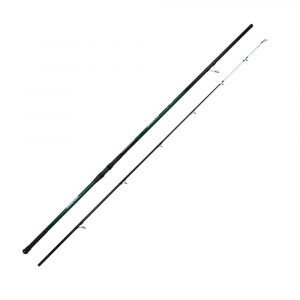 Tronixpro Guerilla Surf FX | 13'6″ | 100-200g | 3.5-7oz
Tronixpro Guerilla Surf FX | 13'6″ | 100-200g | 3.5-7oz
Rigs for generally smaller species such as whiting, dabs, gurnards, bream, and sole should be 3-hook flappers for close to medium range work, but a 2-hook clipped up rig for longer range. Aberdeen hooks in sizes 4 to 1 work best for these smaller fish. For the rays, bass, and cod, use a pulley rig with size 4/0 hooks rigged Pennel style.
Baits
Lug baits will take a wide variety of species, as will ragworm, or mix up the two using the ragworm as a tippet bait at the hook point. Mackerel and squid strip work well for whiting and gurnards. Body sections of mackerel are good for the rays and tope, or use fillets about 4-inches long well bound with Tronixpro Baitex. Lug baits up to 6-inches long tipped with squid strips, mussel, razorfish, or queen cockle are deadly for the bass and cod.


